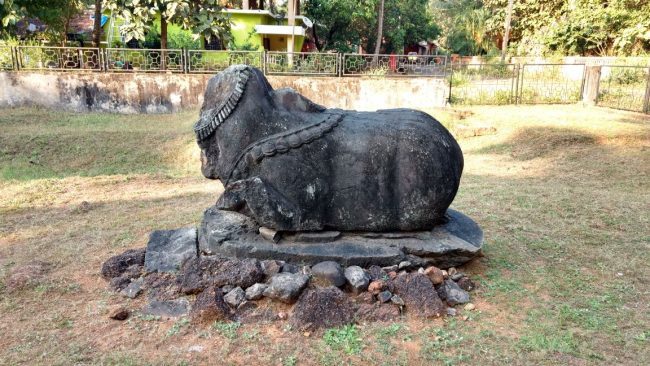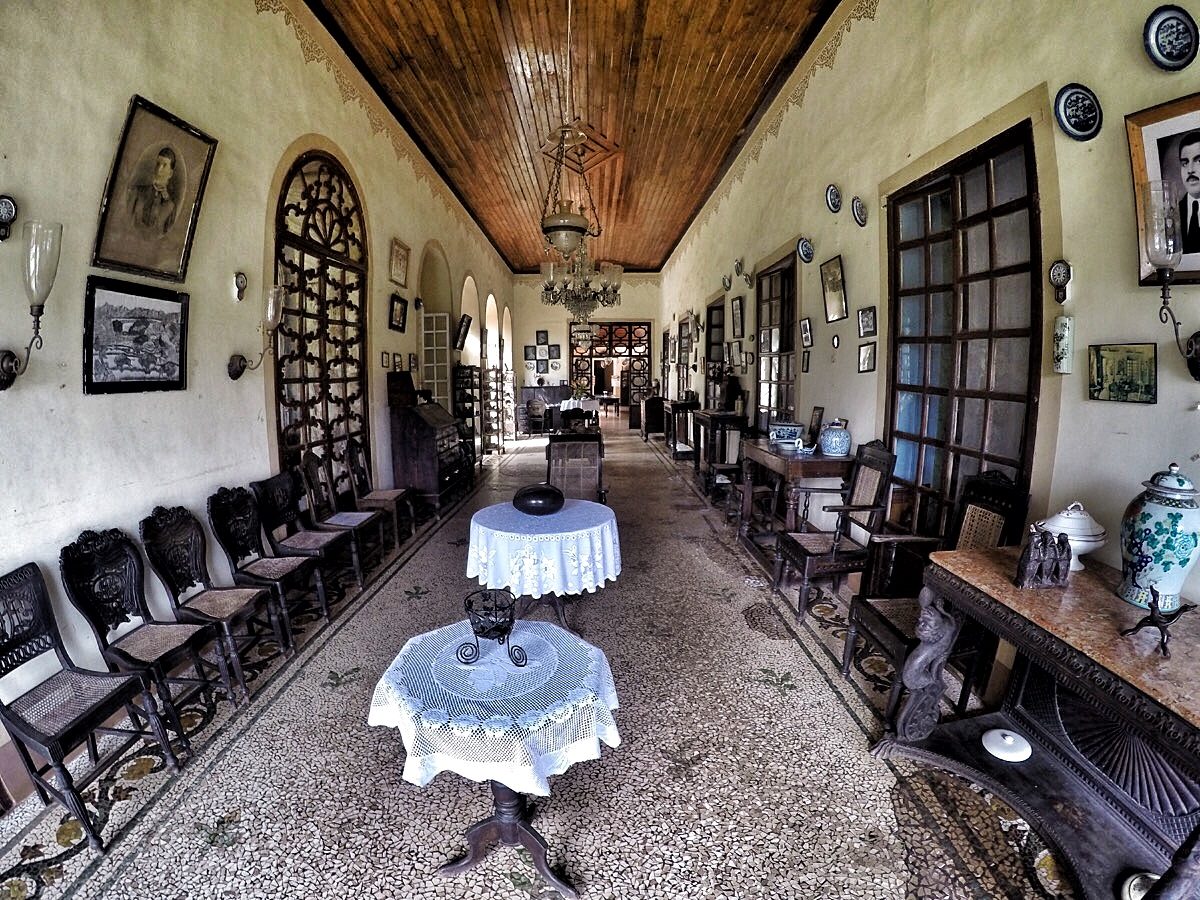South Goa is famed for its beautiful villages that are surrounded by verdant fields that go on as far as the eye can see. Just like the picturesque village of Loutolim, there is another gorgeous village that is steeped in history, heritage and culture. This is the village of Chandor which showcases not just the Portuguese period but also the pre-Portuguese era.
Chandor is located approximately 10 kilometres away from the town of Margao. The village is surrounded by hills and fields and even has the Kushavati river running through it, making for a very pretty picture.
The history of Chandor
Goa was ruled by many dynasties before the Portuguese colonization. Some of them were Bhojas, Mauryas, Chalukyas, Rashtrakutas, Shilaharas, Kadambas, Yadavas, Bahamanis, the Vijayanagara and Adilshahi dynasties.
In the past, Chandor was actually known as Chandrapur and was the ancient capital of the Kadamba dynasty that ruled between the 6th and 11th centuries CE. It served as the capital until 1054 which was when the Kadambas moved to what was Govepuri, now Goa Velha or Old Goa. When the Muslims invaded in 1312, the Kadambas moved back to Chandrapur but were finally driven away by the Portuguese invasion.
After the Portuguese came into power they started destroying all the old Hindu temples and constructing churches and chapels. Wiping off all the signs of the Hindu culture, some of them to save themselves escaped by running away from the village.
In spite of all this, today the village of Chandor is well known for its history and heritage as well as being an archaeological site. This is thanks to the existence of an 11th-century temple, a fort and even a headless statue of the Nandi bull which was believed to be Lord Shiva’s mode of transport. All these can be found preserved in the village.

Chandor also has a number of beautiful old houses but of course, the most famous of these is the palatial Menezes Braganza Pereira house.
The Menezes Braganza Pereira house in Chandor
The Menezes Braganza Pereira house is absolutely synonymous with the village of Chandor. The house is more than 350 years old and is located in the heart of Chandor, near the church square. It is truly an exquisite house and the biggest in Goa. The house is still inhabited by descendants of the family and also operates as a museum. In fact, you can visit on any day, between 9 am and 5 pm.

Image credit – http://www.sid-thewanderer.com/2015/09/heritage-house-goa-menezes-braganza-house.html

Image credit – http://www.sid-thewanderer.com/2015/09/heritage-house-goa-menezes-braganza-house.html
A village with a curse?
The story goes like this…
When the Portuguese invaded Chandrapur, the then Kadamba ruler, Harihar died in the battle. According to the legend, he was killed since the villagers did not protect him in the battle. His queen committed suicide. However, out of anger, before that, she stamped her feet on a stone outside the temple and declared that from then on, every woman in the village would become a widow. The stone with her footprints is still preserved. The queen’s curse made neighbouring villages stop giving their daughters to the men of Chandrapur and its people fell on hard times.
Of course, this is just folklore. We will never know how much of it is true and how much is made up as village stories are known to be. Whatever the truth, it still makes for some nice storytelling.
There is lots more about Chandor that one can discover on their own if visiting the village. It’s really worth a visit to this place of history, heritage and culture.
Information credit – TOI and others (hyperlinks created in this article)
ItsGoa/JAN/KDGP


